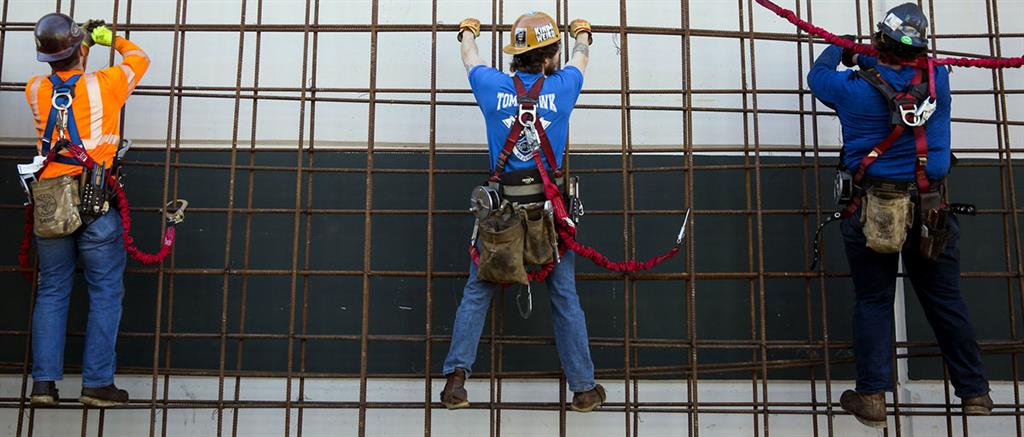In the past the ‘skills shortage’ was most prevalent among white-collar, degree-demanding jobs. Today, with the boom in the American economy among manufacturing, industrial, and construction jobs; the skills shortage collar color has turned a shade of blue.
The booming American economy is creating jobs, jobs, jobs… but young, employable, skilled Americans are not being adequately enlightened. While lines remain long to get into colleges and universities to acquire the coveted degree, lines are short and the demand high for high-paying, blue-collar jobs that require no degree and often pay more.
Take for instance welding jobs that pay in excess of $90,000 a year! But young people are being encouraged to pursue a clinical laboratory scientist degree, for instance, which only pays $56,000 a year. And the cost of attaining that degree is astounding… and rising!
The National Association of Manufacturers (NAM) predicts that U.S. companies will be facing two million job vacancies by 2025. And the American Welding Society contends that manufacturing industries will need 300,000 welders and welding instructors by 2020. Technology has replaced some jobs and made others obsolete. But a significant number of manufacturing jobs remain open with not enough people to fill them.
In fact, the United States has 12.5 million manufacturing jobs. That employs 8.5 percent of the workforce. These jobs pay 12 percent more than all others. In 2015, they earned an average of $82,023 per worker including benefits. That's $26.50 per hour. Yet, more than 600,000 jobs are still waiting for workers with the right skills.

Over the past eight years manufacturing has bounced back strongly from the crater that the sector fell into during the Great Recession, gaining 1.1 million jobs. In recent months, 17 of the 18 major industries have been in growth mode, according to the Institute for Supply Management.
A mid-career auto mechanic earns 47% more annually than a mid-career bank teller, who earns on average $21,714 a year.
The fact is that blue-collar employment fields are desperate for talented workers. But few young Americans are aware of that fact thanks to the nation’s current education system. It is failing young Americans – especially women and minorities – in educating them to the potential opportunities in manufacturing and construction, which has led to fewer of them entering those industry job forces.
While a shortage of blue-collar workers is pushing wages higher in the skilled trades, the financial return from a bachelor's degree is weakening, while the average debt into which it plunges students is continually rising.
But high school graduates have been so strongly encouraged to get a bachelor's degree, that high-paid blue-collar jobs requiring shorter and less-expensive training are going unfilled. This encouragement adversely affects those students while posing a real threat to the American economy.

Parents and students get so focused on the misperceived necessity of a four-year degree, that they're not understanding the value in tradespeople until they hire a plumber or roofer and write the check. Unfortunately, few parents want their kids to work in these industries thanks to a societal drive for the coveted college degrees and the vast misperception that blue-collar jobs only provide lower-paying, non-rewarding, backbreaking work.
The data, however, contradicts that perception. According to payscale.com, wage comparisons between blue-collar and white-collar jobs show that a mid-career elevator installer earns on average $63,500 a year, while a mid-career civil engineer earns $61,611. The average annual pay for a mid-level construction contractor is about $59,927 versus $56,268 for a mid-level clinical laboratory scientist.
The booming American economy is creating jobs, jobs, jobs… now bring the workers.